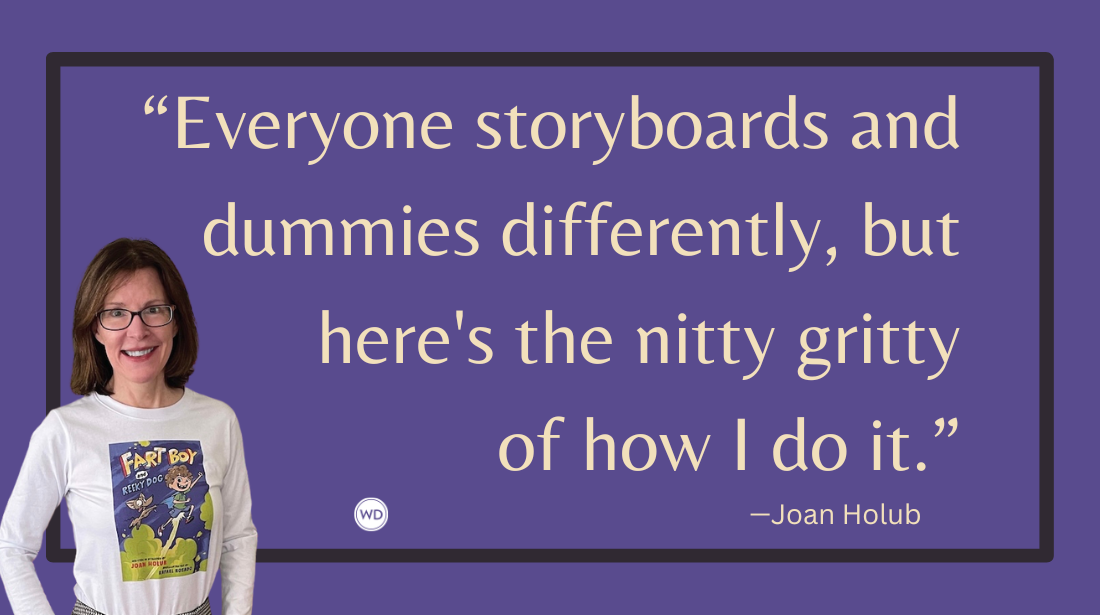What Writers Need to Know about Fashion
You’ve researched your setting, you’ve mapped out the plot, you’ve got your cast of characters—now what are they wearing? Here, author Ella Carey discusses the importance of fashion details in your fiction.
I’ve always adored exquisite fashion. In my latest novel, The Girl From Paris, Vianne is a young Parisian seamstress who loves to dream up lovely clothes. She moves from Paris after the First World War to New York, designing dazzling garments for her well-heeled clientele and falling in love with the city in some of the most iconic settings of wonderful Jazz Age New York. While I love setting, and adore weaving gorgeous places into my books, I found that paying even more attention to what my characters were wearing than usual was not only rewarding but brought so much more to the book.
I was lucky enough to be able to indulge my passion for drop-dead gorgeous outfits while doing my research, and that was the thing—the novel was really about beauty, about finding wonder in difficult times. During the long months of lockdown here in Melbourne, when it seemed there was little point in getting dressed up, and we weren’t really allowed to go out at all, I was fortunate enough to be able to spend hours poring over dazzling Jazz Age costumes to inspire the garments that Vianne designed.
When it comes to films, costume designers play a vital role in the process, carrying out extensive research to bring their characters’ appearance and personalities to life on the screen, often visiting locations, and then collaborating with actors, directors, and producers to ensure the characters are authentic. Costume design is so intertwined with the art of filmmaking, that we take it for granted that the way the characters are dressed will be true to life because this is a highly visual medium.
But while films and television are integrally visual, a person reading a novel will also conjure up their own imagined rendition of your story.
IndieBound | Bookshop | Amazon
[WD uses affiliate links.]
This is the one fundamental that is worth bearing in mind while you think about fashion. You take great care to research your setting, the location, history, and feel of the places in your book, as you do for characters and story, so I think it is worth spending some time considering what your characters are wearing throughout your book. As I wrote The Girl From Paris, I realized that like setting, costumes can become driving forces in your story. In fact, costumes can almost become characters.
Your character’s inner story evolves alongside the outer story of the book, and one effective way of maximizing the power of costume can be to utilize changing clothing styles to highlight how your character has altered or grown along their narrative arc, or how their feelings about themselves and their pasts might have changed. Does your character become more successful, braver, or even less confident as the story evolves? How can you utilize costume to enhance this journey and to reflect what your character is going through on the inside?
Consider a sleeveless tubular black and white flapper dress, made entirely of thread ribbon work and bound by metallic thread, that comes with a diaphanous evening cape with contrasting chenille trim. This was the gorgeous garment that Vianne designed for her client Adriana Conti, turning Adriana into a sensation at the opening of her son Giorgio’s restaurant, Valentino’s, which in turn, became an immediate phenomenon in New York.
Writers can use costume to help their characters sing a different tune from the same old one they’ve sung before. Costume, like character, can be transformative.
Fashion can be integrated into setting, to enhance it, to help bring the world of your books to life. The 1920s were the time of the new woman, with their bobbed hair and their knee-length dresses. And there were the modern fashion movements of the time, Orientalism, Robes de Style, and the brilliant fashion designers, Coco Chanel and Jean Patou. During the 1920s, fashion was a powerful medium for expressing that you were a part of the new, modern world. Coco Chanel famously believed that fashion existed beyond the garment. She believed it had everything to do with the way people lived, with ideas, with what was happening at the time. She felt it was in the sky around us and set the mood.
No matter whether your novel is set in the past or in contemporary times, including fashions that are authentic to your setting can be an extremely effective. You can take your reader on a journey through time by adding fashion into your writers’ toolkit, think about 1980s shoulder pads, 1970s Bohemian flares, 1950s twin sets and pearls and what they all symbolized, or meant for women in those times. Layering in this extra detail to your characters’ lives adds more authenticity and depth of theme to your story and provides additional visual springboards for your readers.
Clothes are an expression of who we are. When you first introduce your characters, weaving their outfits into your portrayal of them can be an effective way of establishing them in your story. Of course, showing the clothing in the action of the story, in the way the characters might think about what they are wearing, or in dialogue, is far more compelling than simply describing the clothes. Bring costumes into the action, to help bring your characters to life on the page. Consider a woman waving a gauzy scarf along a boulevard in Paris, while another woman loves to tuck her hands into the pockets of her trench coat and gaze in jewelers’ storefront windows, dreaming of buying herself a pair of diamond earrings one day. See how you can visualize these characters by adding in some small, yet powerful fashion details?
Costume can be useful to define your characters early on. Using costumes to show character can help your readers to understand, identify with and find empathy with them if woven into the story itself. Think about using costume quirks that make one of your characters instantly recognizable. In The Lost Girl of Berlin, Rick Shearer wears a Fedora hat. Everywhere. And he loves to tip its snap brim.
Sometimes, it can be helpful to create a mood board for your lead characters. I think about their age, attitude, background, and social status, and then come up with color schemes and clothes that might suit them, including patterns and accessories. For Kate in The Lost Girl of Berlin, her wardrobe had to be professional, as she was trying to make it as a political correspondent in post Second World War New York. She wore many navy-blue costumes, sensible shoes, and suits. She hated the fact that she had to dye her hair blonde when she began working in television. In the opening scenes she was reporting on the aftermath of the war in Berlin, so was wearing army issued boots and an official US war correspondents’ uniform. Kate’s outfits made her feel comfortable in the persona she wanted to maintain. But when I wanted to bring her out of her comfort zone and challenge her to become the fully formed woman that I wanted her to be by the end of the story, I changed her costumes as well so that I could zig-zag her in and out as her character grew. It was helpful to have a mood board to do this, as I could see right in front of my eyes what a dramatic change a costume could bring.
Ella Carey is the international bestselling author of The Things We Don’t Say, Secret Shores, From a Paris Balcony, The House by the Lake, and Paris Time Capsule. Her books have been published in over fourteen languages, in twelve countries, and have been shortlisted for ARRA awards. A Francophile who has long been fascinated by secret histories set in Europe’s entrancing past, Ella has degrees in music, 19th century women’s fiction, and modern European history. She lives in Melbourne with her two children and two Italian greyhounds who are constantly mistaken for whippets. Ella loves to connect with her readers regularly through her Facebook, Instagram, and Twitter, and on her website EllaCarey.com.








